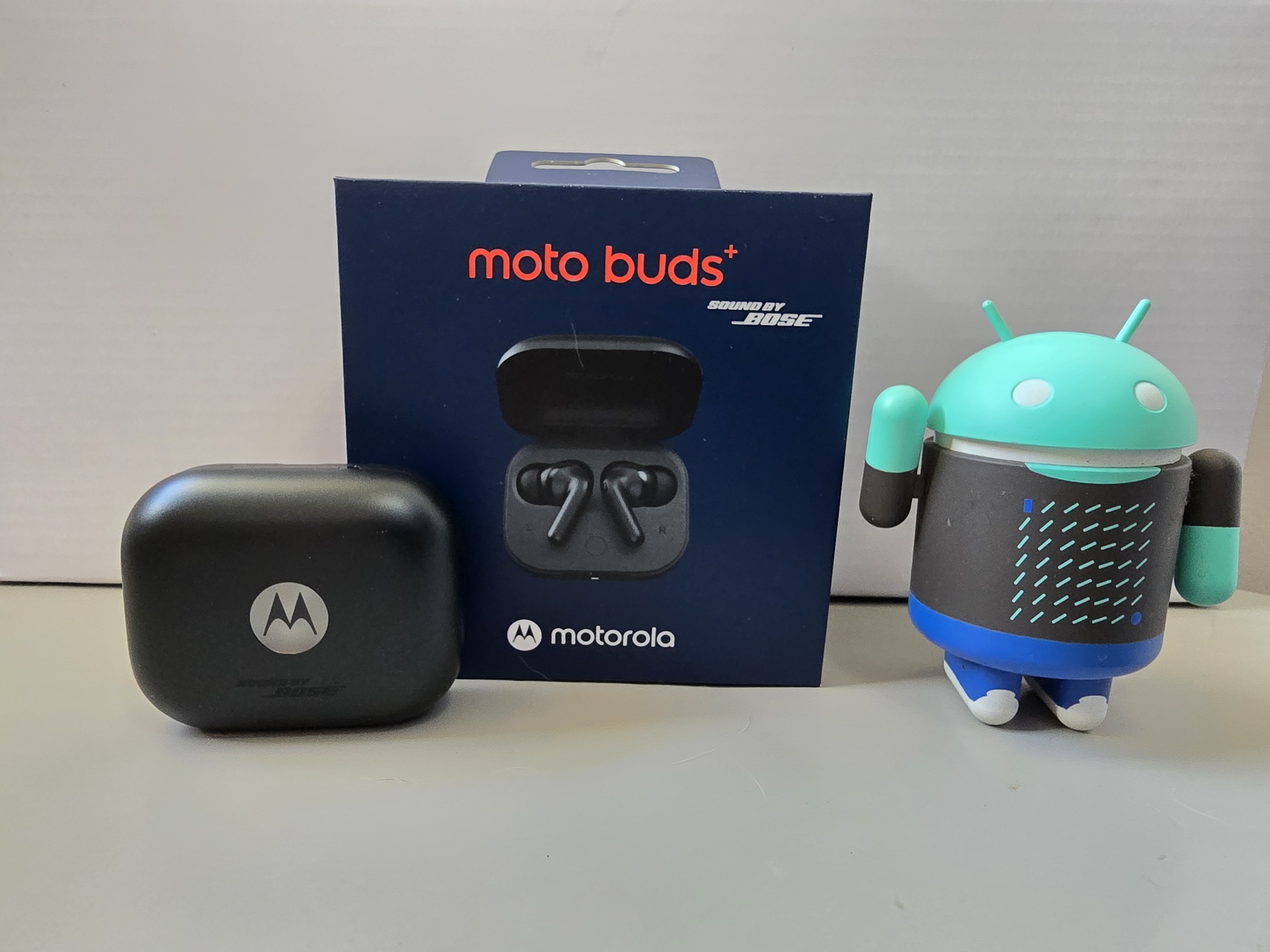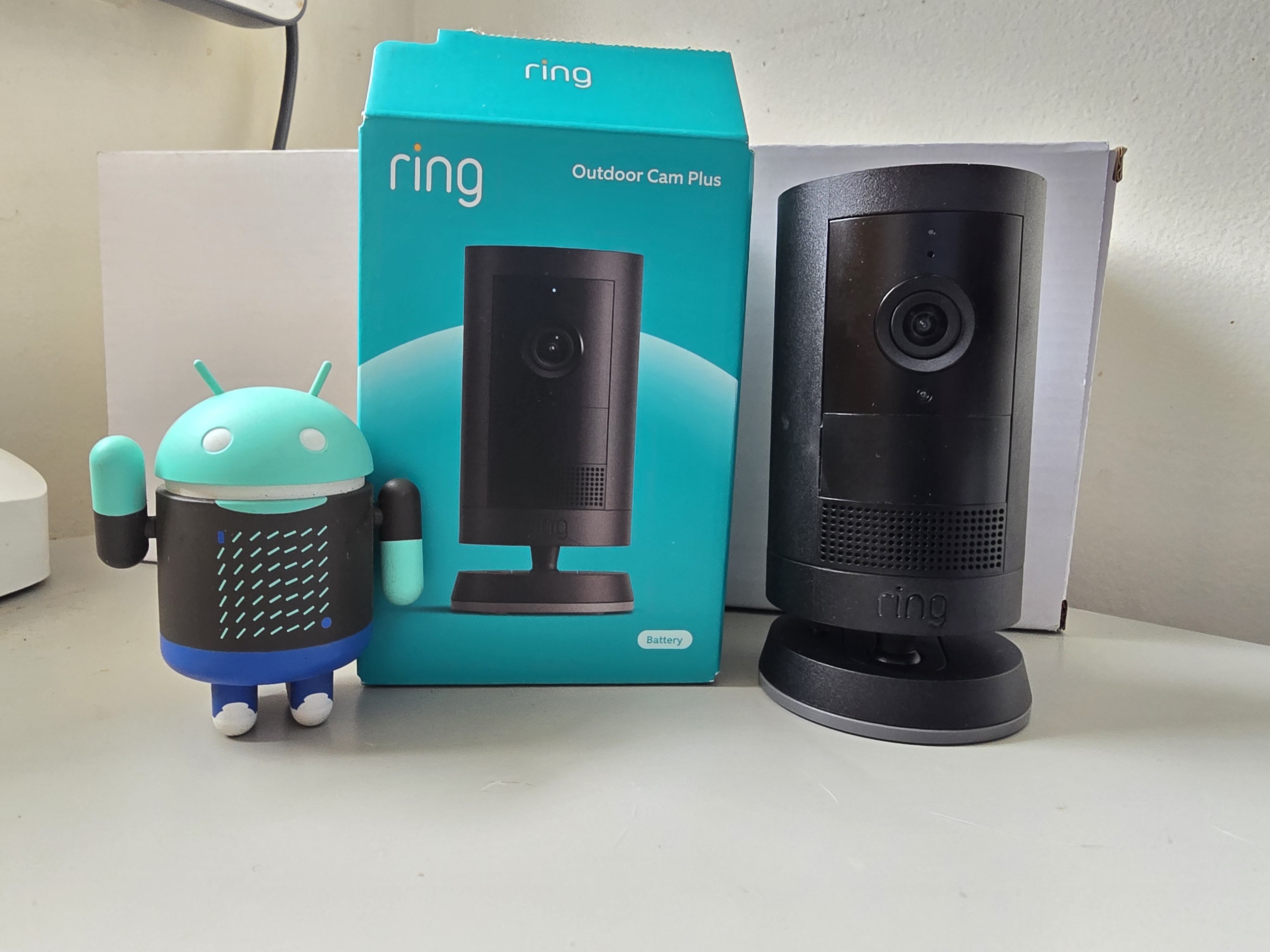
I’ve been using smart bulbs in a limited capacity for around a year now, I’ve got about 6 bulbs from two different vendors, and as smart bulbs go they’re excellent. I’ve connected both systems up to Google Assistant, my Logitech Harmony remote as well as various other apps and automation services like Stringify and I love what they can do, a traditional dumb bulb just can’t compare.
For example, when I walk up the stairs at night I say to the Google Home in the formal lounge “Hey Google, Goodnight”, this triggers a Stringify flow that turns on my bedside lamp to 50% at a specific colour temperature and then starts a 15-minute timer to slowly dim the lamp to off. This lets me get upstairs, do the various pre-bed things, climb into bed and have the lamp slowly fade out, it’s awesome and “I couldn’t live without it”.
When it doesn’t seem all that smart
However, using that bulb outside of this use case can be a pain, e.g. if I’m out of range of the Google Home (actually in my bedroom), or can’t use voice to trigger it, there’s lots of trying to find a phone, wait for apps to load etc. Now move this scenario to a main living area where my wife, daughter and visitors all have to use the light, it’s not that easy. For example I have a specific light downstairs that is tied to a sensor that should turn on for 5 minutes after 2100 and before 0600 when someone walks down the stairs, it just gives a little light to move around.
However, it seems 90% of the time someone has physically turned off the light switch that controls it (it’s above, or is that below, a switch we do use often), meaning it almost never works. I could unwire, or more precisely hard wire the switch on, but that’s also not great (or legal), and how would my visitors control that light when they need it? Currently, they have to turn it off and on, which also isn’t intuitive. All of this has led me to decide that I want smart switches that either talk to dumb bulbs or smart switches that talk to smart bulbs and actively track their state.
What could work?
A smart switch/ dumb bulb combination would give most functionality including smart on/ off and smart dimming (assuming the bulb was rated for it), however, features like colour or temperature control require a smart bulb, at least for now. A smart switch/dumb bulb system would also most likely be more fault tolerant as there should still be a local connection between the bulb and the wall port allowing for use during internet and/or WiFi outages.
A smart switch/ smart bulb combination should give you the best of both worlds … if the technology works. From my experience with other smart products that rely on an internet server, like my garage door opener, I occasionally am not able to get a signal to the opener for some reason, a light switch can NEVER have this issue. In this instance, I come out in favour of Hubs. A well-designed hub should give you local access and control of your system without a dependence on “the internet”, if you have power you should have control.
Smart switches currently are mostly large and focused on controlling a single product family and aren’t really suited to individually switching lights as families are traditionally used to. What we need is a system that can interface with a standard single gang switch mech (the little single switches behind most Australian light switches) but can be programmed to talk to the smart home. This is where we enter fairyland because this would need a standard, and if messaging has taught us anything it’s that standards are anything but standard.

Some home automation standards, like just announced Bluetooth Mesh or Google’s thread or even older standards like ZigBee or Zwave provide a potential solution, however many of these interoperability solutions would once again need to talk to the internet to get the message from your house to company 1 server to company 2’s servers and back to your house. All I can say is hello latency and internet unreliability.
For those of you with programming and maker skills there are roll your own solutions that use a Raspberry Pi (or similar), Json and some network know how to create bridge between something like Clipsal’s C-Bus system and a smart home Hub, however this isn’t a consumer solution and would likely require constant ongoing re-coding as hubs are updated and previously working integrations break.
Where does this leave us?
Honestly, I don’t know. If you live in a household full of people who accept the new control paradigm of the future and will live with the quirks of the smart home then perhaps smart bulbs are for you. If however, you live in a situation where you need a good old fashioned light switch then I don’t see a workable whole of the house, solution in your future. For me the solution has become lamps, this goes against my minimal aesthetic tastes but it gives me somewhere to plug in a bulb and know that someone isn’t going to turn it off, nor does it stop a traditional dumb switch/ dumb light combo from working for the rest of the family.




